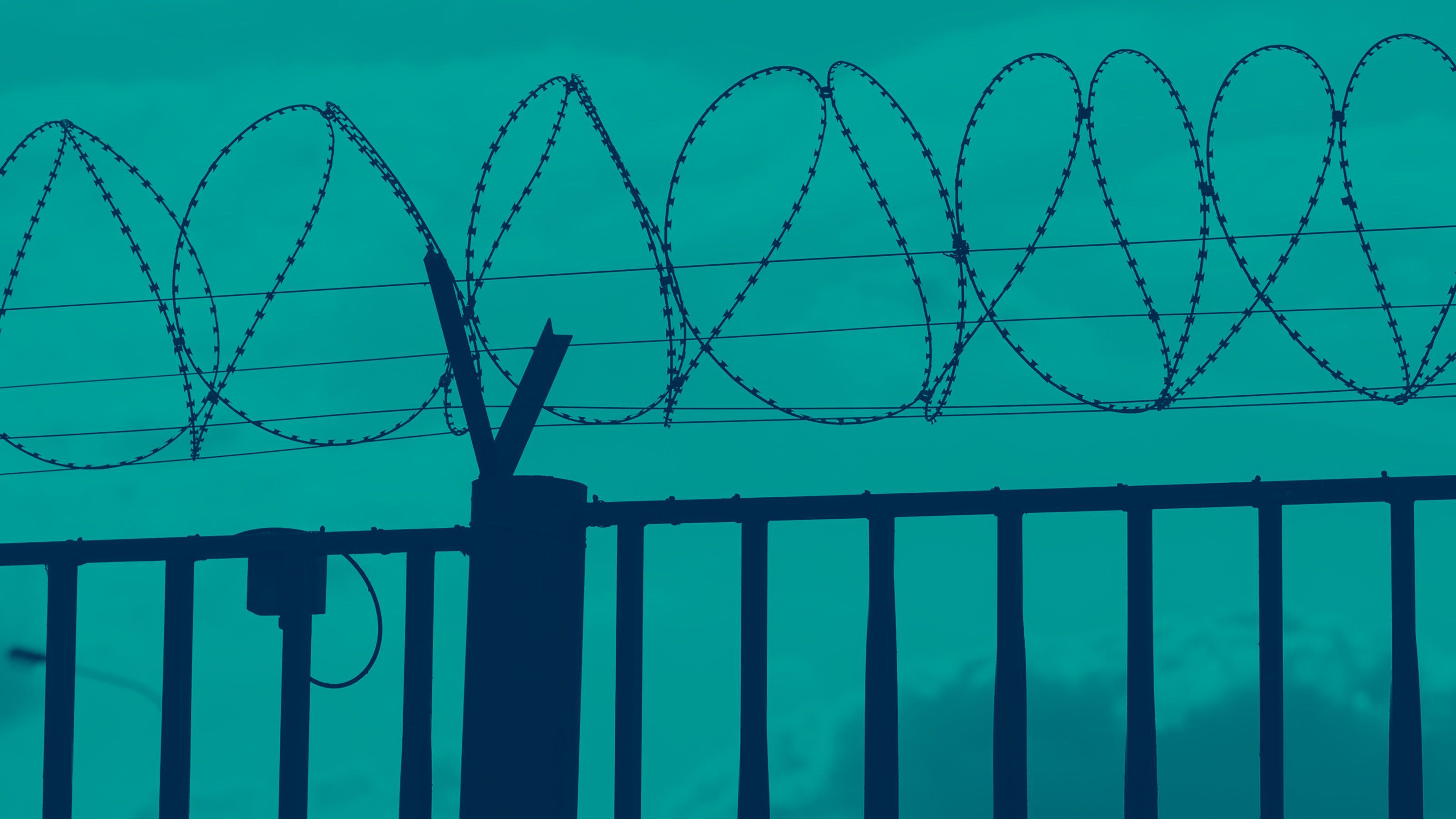Registration
You will receive an email confirming your registration.
Recent friction along the India-China border has highlighted, for New Delhi, the reality of dealing with a powerful neighbour. In his book, India Versus China: Why They are Not Friends, Kanti Bajpai locates these recent clashes within the context of Sino-Indian rivalry by examining four drivers of conflict between the two Asian neighbors: perceptions, perimeters, partnerships, and power. He raises two questions: Can the two countries forge better ties even as the power gap between them widens? And what should India’s China policy look like in the future?
Carnegie India hosted Kanti Bajpai for a discussion on the evolving relationship between India and China, exploring the roots of strife and opportunities for cooperation. The discussion was moderated by Srinath Raghavan.
Discussion Highlights
- Cyclicality of Cooperation and Conflict: Participants underlined the cyclical nature of India-China relations through the prism of their tumultuous perimeters and partnerships, wherein attempts to cooperate have often disintegrated into conflict. They noted that failed attempts spanning from 1949 to 1962 to settle the border issue ultimately gave way to the 1962 Sino-Indian war. Participants acknowledged that both sides reached out to each other immediately after the 1962 war, their cooperation leading to the border negotiations in 1982; the 1988 Joint Working Group; and the 2005 Political Parameters and Guiding Principles Agreement. However, they highlighted, that 2006 onwards this brief period of cooperation on the border issue halted, as India refused to recognize Tibet as a part of China. This paved the way for a series of military confrontations, most recently demonstrated in Doklam in 2017 and the Galwan Valley in 2020. Participants observed a similar arc in attempts to forge partnerships between the two nations. They explained, there were brief periods of entente-like convergences between 1949 to 1955, and in the post-Cold War period with an overlapping suspicion of American suzerainty. However, in both cases, participants emphasized that strategic divides appeared quickly.
- Perceptions and Mistrust: Participants observed an absence of mutual trust and respect in India-China relations. They argued that, following the colonization of India in the nineteenth century, the Chinese opinion of India was colored by India’s perceived inability to overthrow its imperialist colonizers. China’s negative perception of India was further strengthened by the role of Indian troops stationed across China under the British, the opium trade, and Indian traders in China. This disdain was mirrored in the Indian perception of China which was characterized by racist undertones. Participants stipulated that the resulting trust deficit has persisted to the present day. They noted that India and China have never been strategic allies and, instead, both countries have always sided with external, bigger powers such as the Soviet Union or the United States.
- Power Asymmetry: Central to shaping the future of India’s China policy, participants addressed the increasing power gap between the two countries. Participants noted that today, China’s GDP is five times that of India’s. Similarly, in the military realm, Chinese military systems and hardware outpace India's. Although India enjoys a geographic advantage in the border regions. Additionally, participants posited that China enjoys greater soft power through various instruments of attraction and persuasion across the globe compared to India. Participants argued that this power gap hampers cooperation and compromise, since China does not consider accommodation of the Indian position necessary, while India fears the reputational costs of appeasement. As a result, external balancing has become pivotal to India’s China policy.
- Overcoming Obstacles to Cooperation: Participants argued that the perception of security as a zero-sum game impedes deeper cooperation between the two countries. They explained that the idea that concessions and compromise could garner mutually enhanced security has not been internalized in either India or China. They emphasized that cognitive dissonance embedded in both political systems preserves pre-existing assumptions and, thus, bolsters this view of security. They suggested instilling checks and balances in the political systems to overcome such cognitive dissonance and break away from this zero-sum view of security. Additionally, participants argued that India should strive to overcome the increasing power asymmetry which encumbers the political will of both countries to arrive at concessionary agreements. To this end, participants posited that a civilizational change is necessary in India. They concluded that to engage with China and other great powers on the same plane, India had to galvanize social changes in its domestic realm to foster a healthy, literate, and educated population.
This event summary was prepared by Shivangi Seth, a research intern at Carnegie India.
